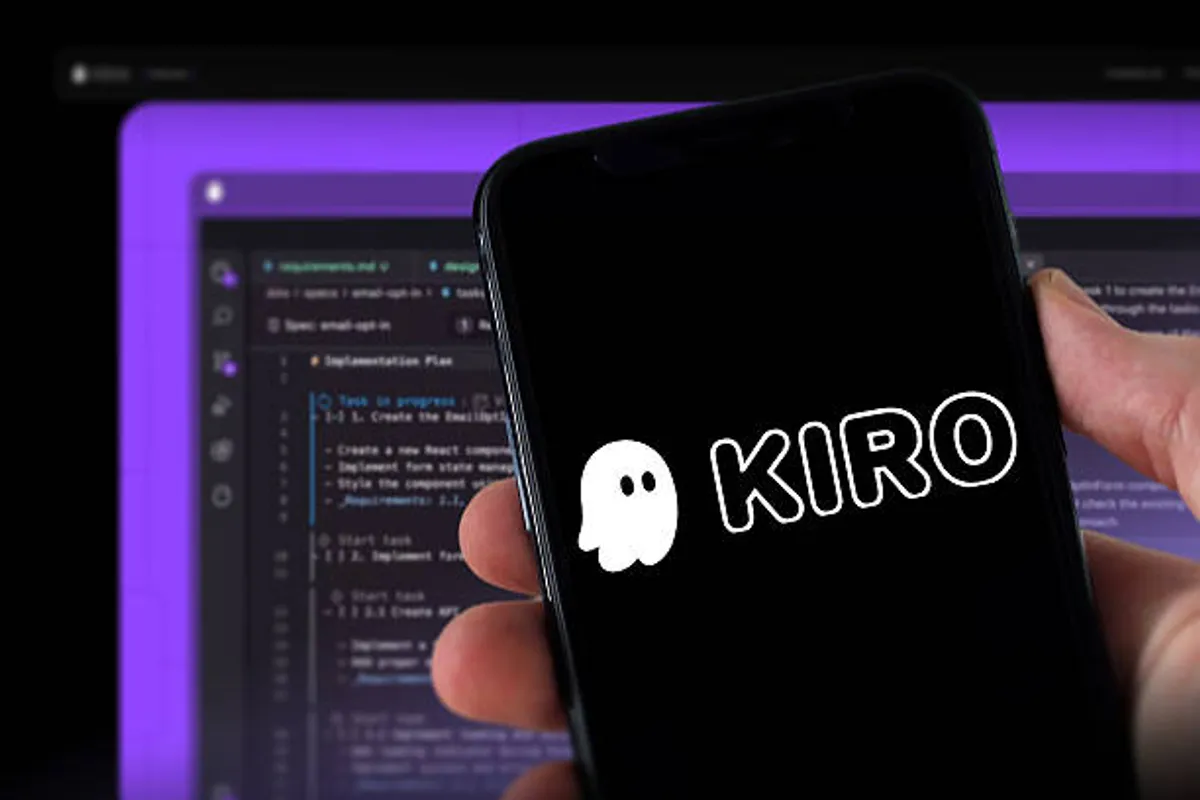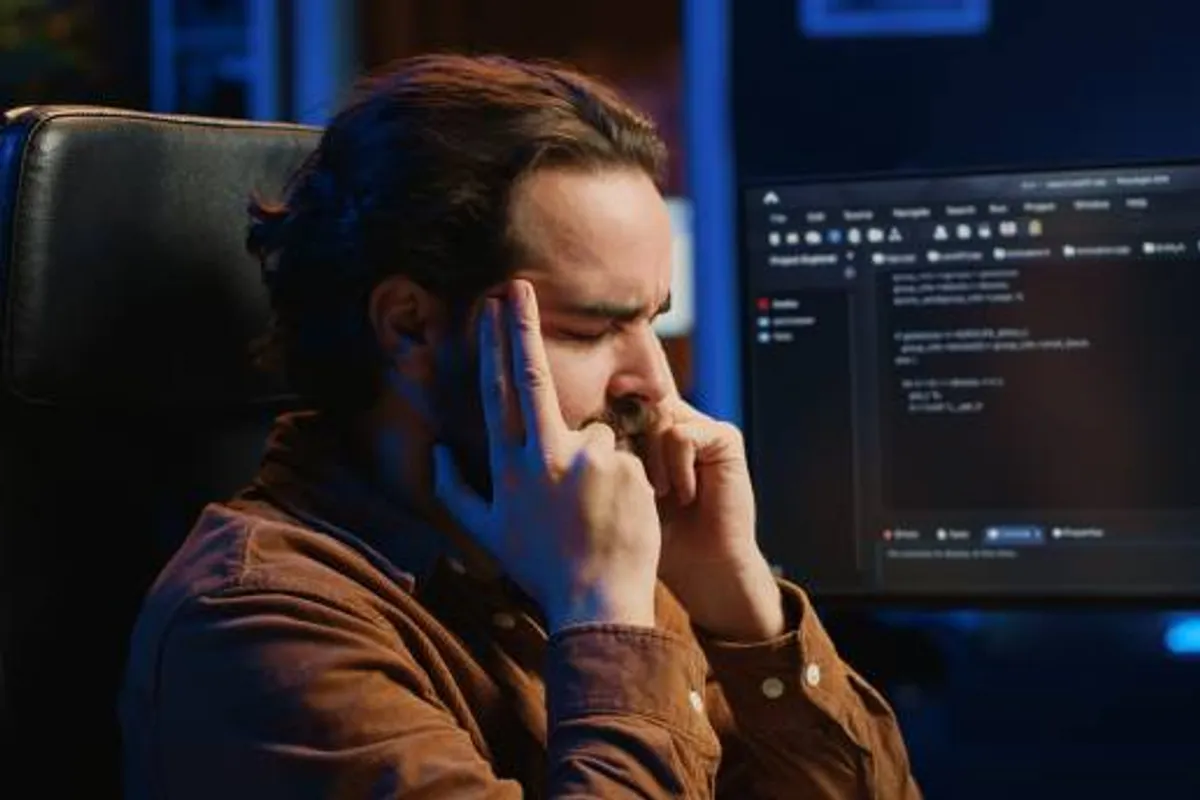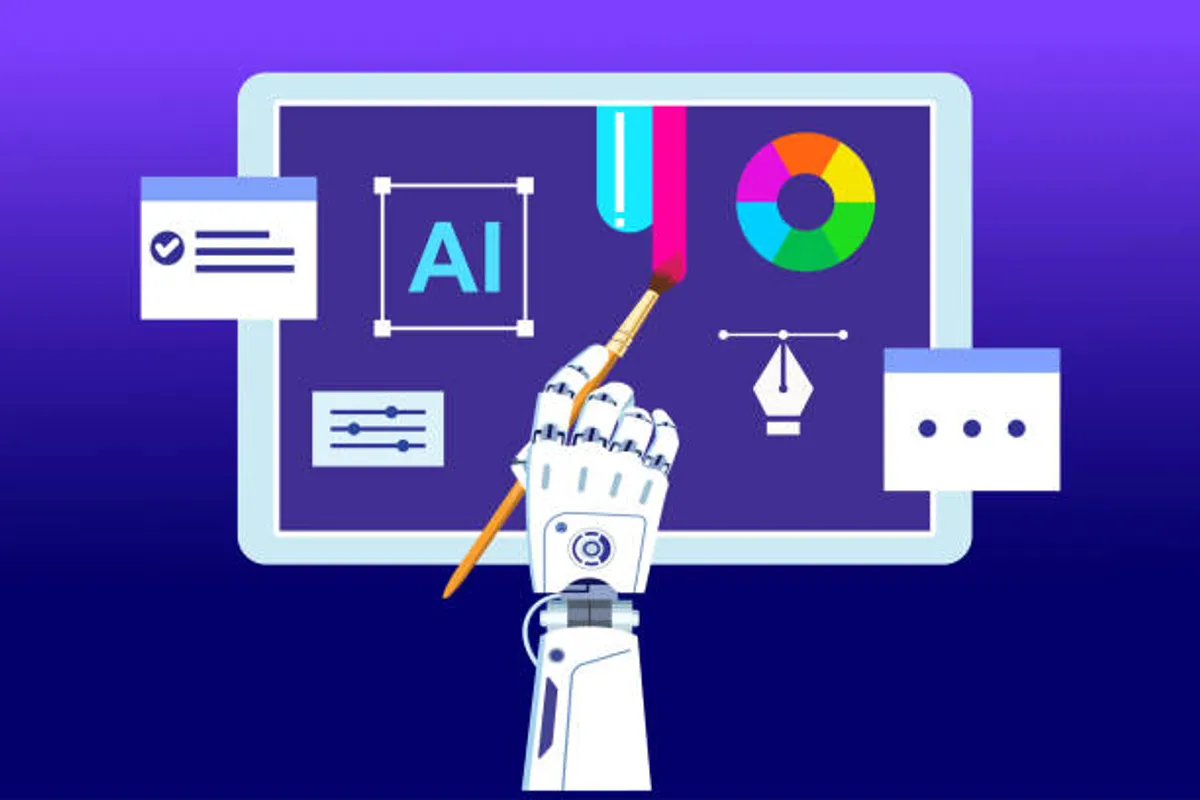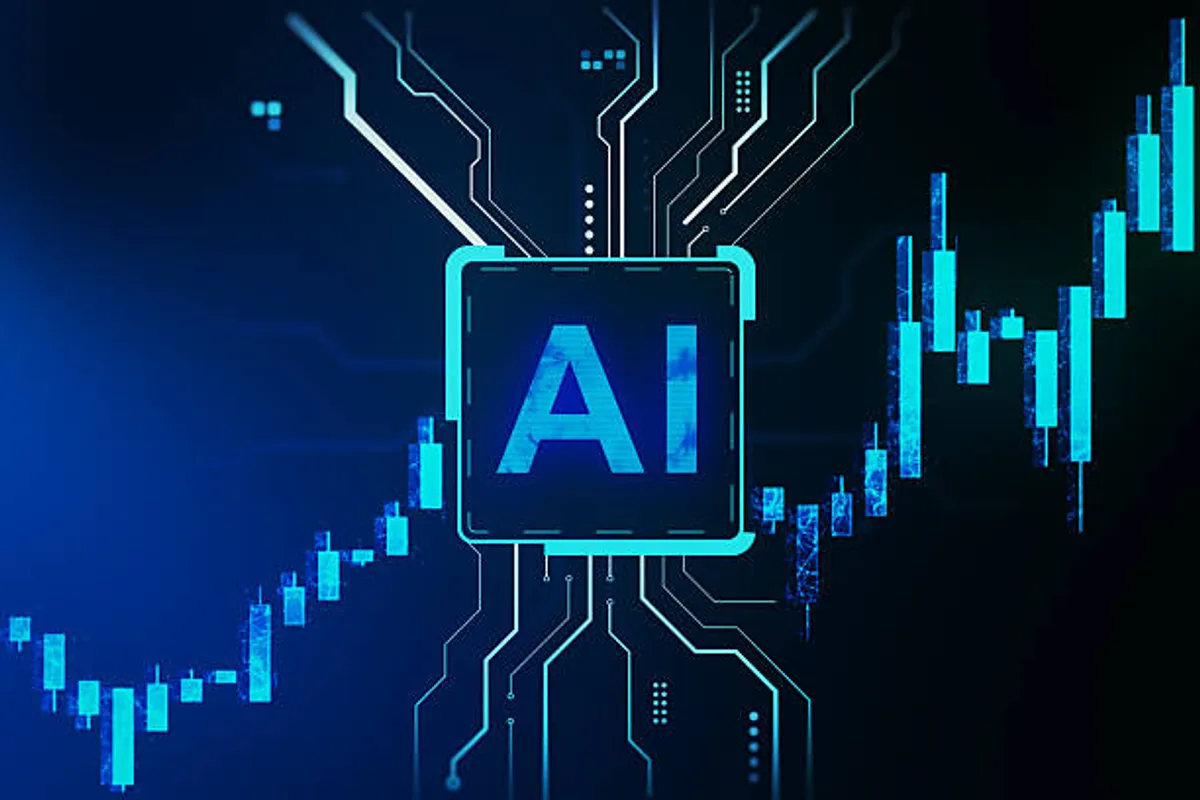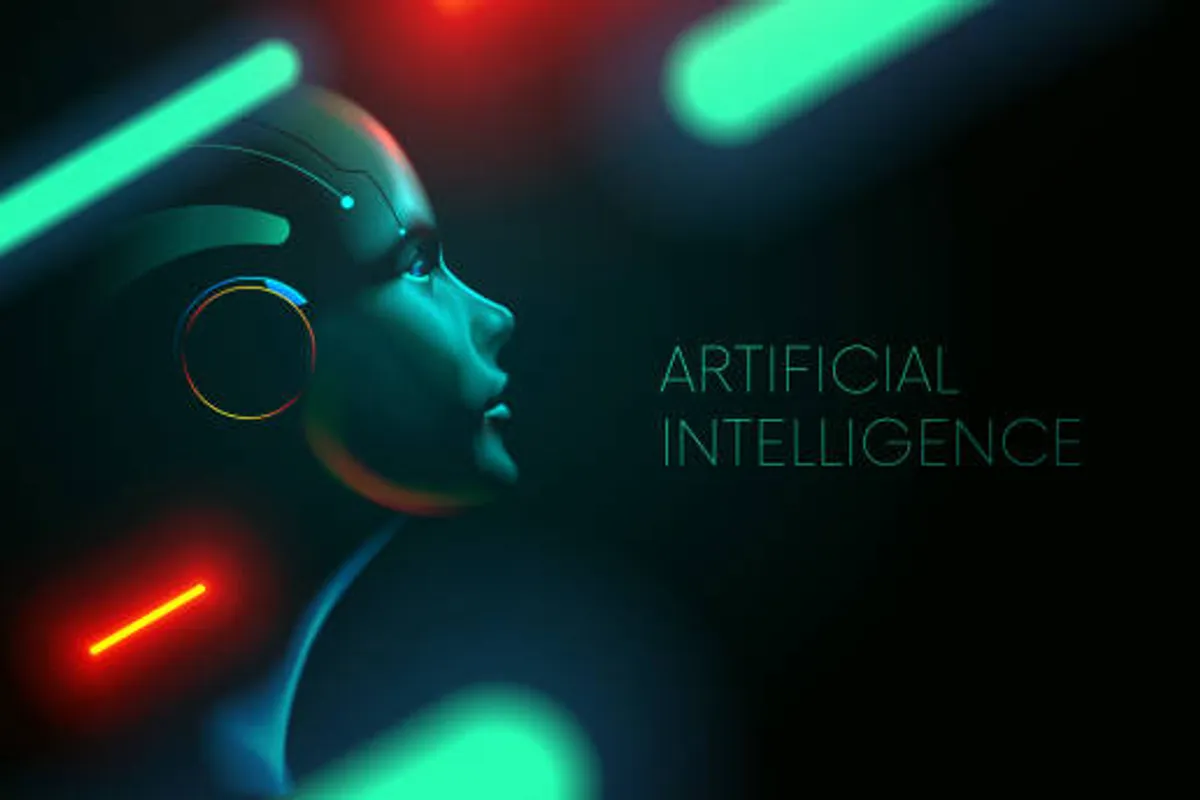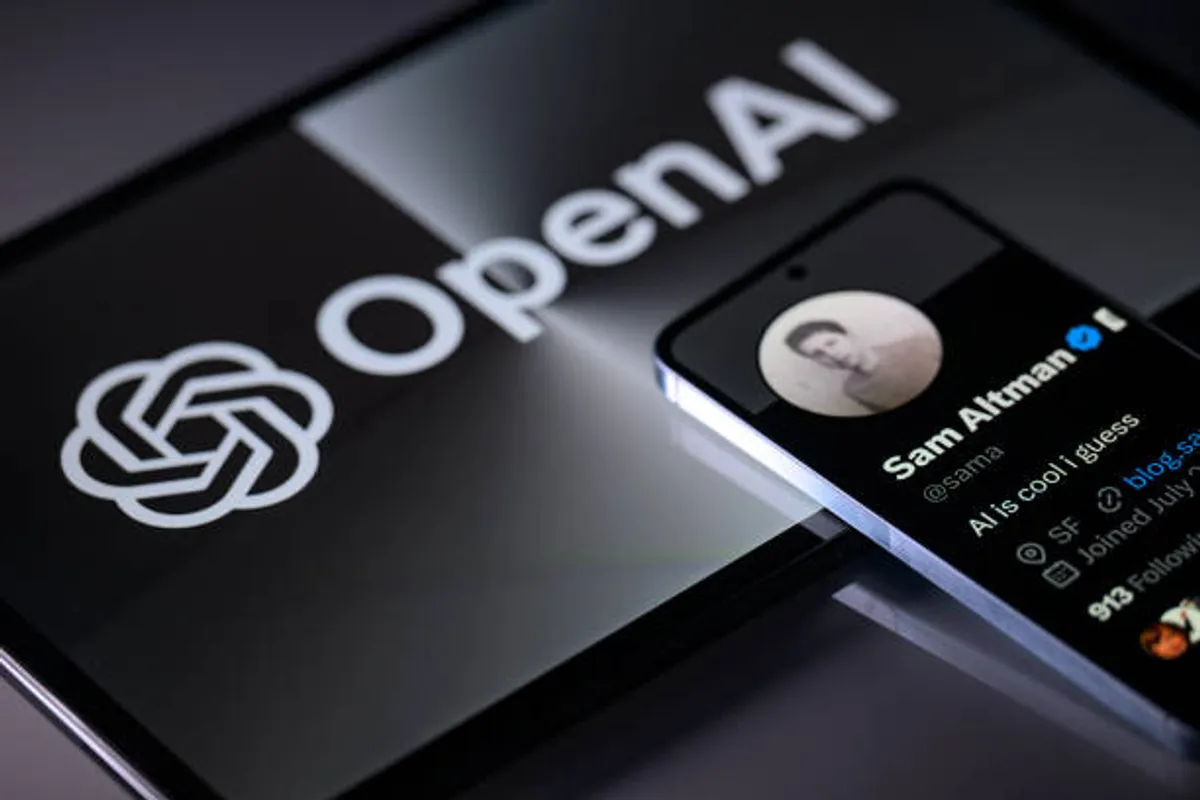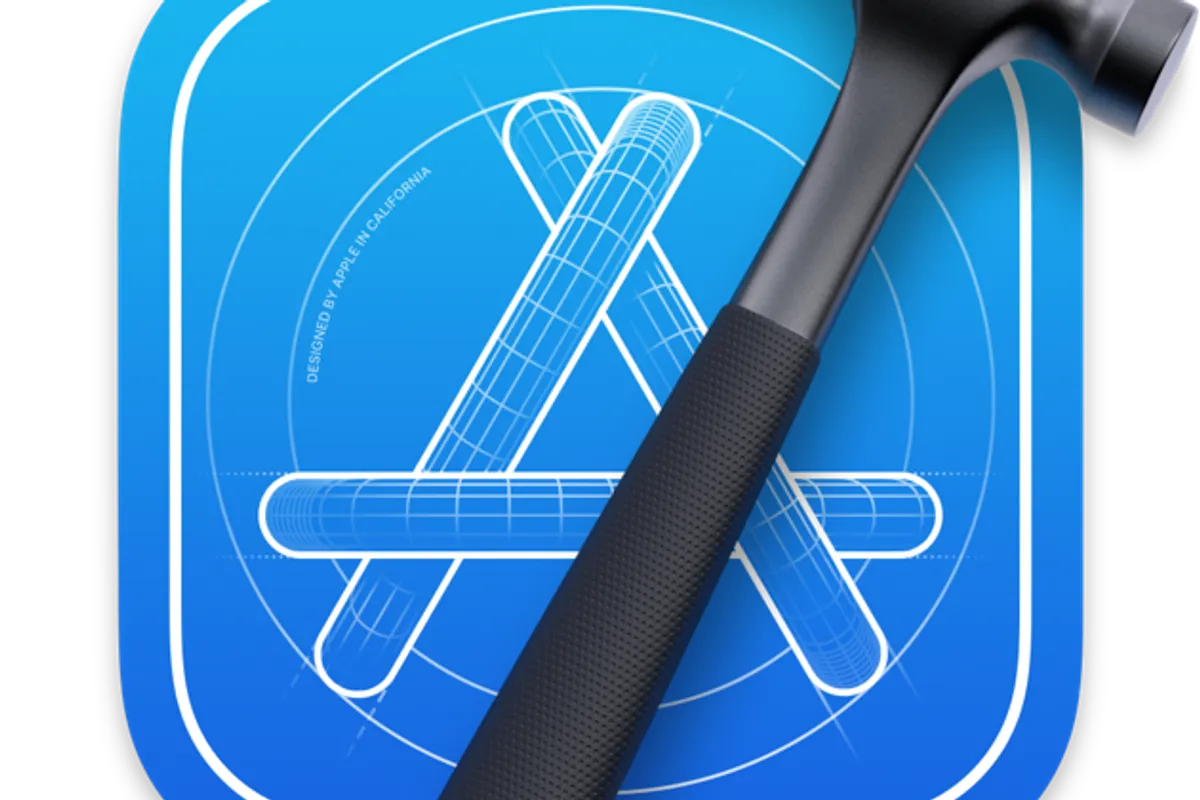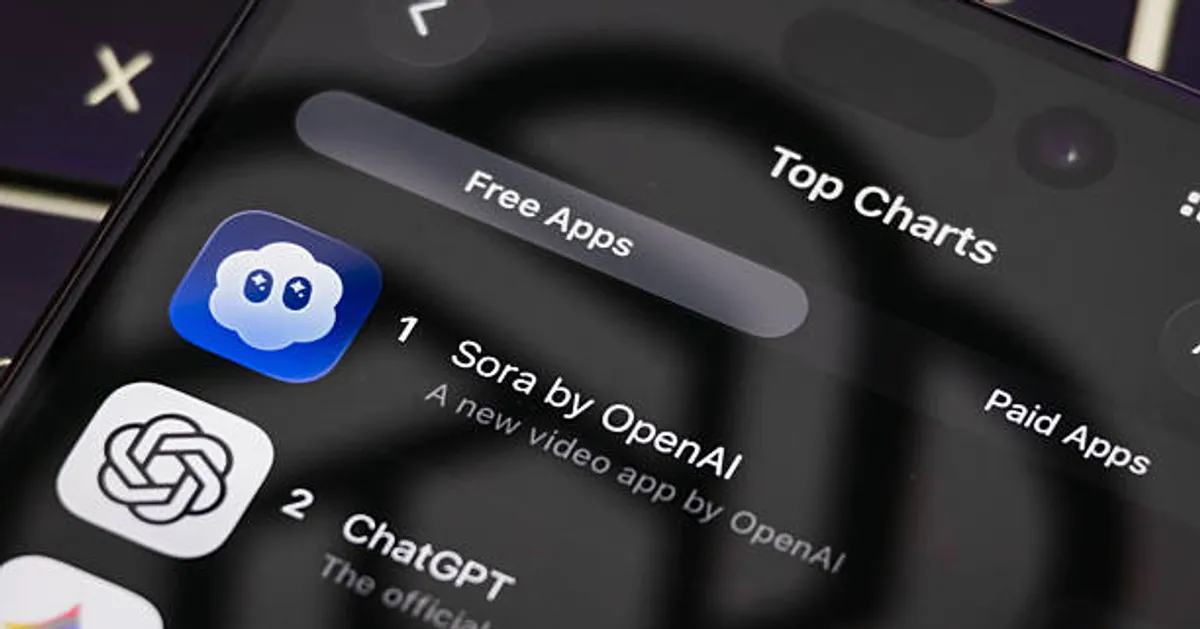
OpenAI’s Sora Hits 1 Million Downloads in Just 5 Days — Redefining the Future of AI Video Creation

GeokHub
Contributing Writer
In a move that underscores the surging demand for creative AI tools, OpenAI’s latest innovation — Sora — has crossed one million downloads in just five days after its public release. The text-to-video app, powered by advanced generative models, allows users to create lifelike video scenes from written prompts with astonishing realism.
According to early reports from The Verge and TechCrunch, Sora quickly became the top-ranked app on Apple’s App Store, surpassing the growth rate of OpenAI’s previous hit, ChatGPT.
The app’s limited rollout, combined with a wave of viral videos on social media platforms like X (formerly Twitter) and TikTok, helped Sora gain massive attention worldwide.
What Makes Sora Unique
Unlike traditional editing tools, Sora turns imagination into motion. By simply typing a description — for example, “a child chasing a red balloon in Paris” — users receive a high-definition video clip generated by AI in minutes.
Key Highlights:
- 🎬 Text-to-Video Creation: Generates cinematic-quality clips from prompts.
- 🔒 AI Transparency: Built-in watermark on every output for authenticity.
- 🧠 Creative Control: Smart editing, filters, and scene continuity tools.
- 👥 AI Cameos: Users can create safe, likeness-based avatars using permissions.
This seamless experience, paired with OpenAI’s reputation for reliable AI ethics, has made Sora one of 2025’s most influential tech launches.
Ethical Concerns and Safety Measures
The speed of Sora’s adoption has reignited long-standing conversations about AI-generated media and misinformation. Critics caution against potential misuse, including deepfakes and unauthorized likeness generation.
To address these concerns, OpenAI says it has embedded several safeguards:
- Mandatory content watermarking for traceability.
- Restrictions on public figure simulations.
- Ongoing monitoring for policy violations and malicious content.
Industry analysts have praised OpenAI for its proactive stance, calling it a model for responsible AI deployment — a critical step for platforms aiming for compliance with Google AdSense’s content quality and safety standards.
Competition in the AI Video Market
While AI video creation isn’t new, Sora’s success has set a new benchmark. Competing platforms like Runway ML, Pika Labs, and Synthesia have offered similar services, but none have matched Sora’s blend of ease, realism, and scalability.
Experts believe that the tool could transform content production, helping independent creators, educators, and businesses craft professional-grade visuals without needing expensive cameras or film crews.
According to analysts, Sora’s technology could “reshape how storytelling, marketing, and even journalism evolve over the next decade.”
What This Means for the Future of AI Creativity
Sora’s success story highlights a pivotal shift: AI is no longer just a support tool — it’s a creative partner. As users explore its possibilities, from short films to ad content, the boundaries between human and machine creativity continue to blur.
However, this evolution comes with responsibility. Experts urge users and developers alike to ensure that ethical use and transparency remain central to how such tools are deployed.
“The future of AI media isn’t about replacing creativity,” said one analyst, “it’s about amplifying it — responsibly.”
Final Thoughts
With over one million downloads in under a week, Sora has proven that the world is ready for the next generation of visual storytelling. Its ability to merge words, motion, and imagination has captured both creators’ excitement and regulators’ attention.
As OpenAI continues refining Sora’s capabilities and expanding its global reach, one thing is certain — the age of AI-generated video has officially arrived.
